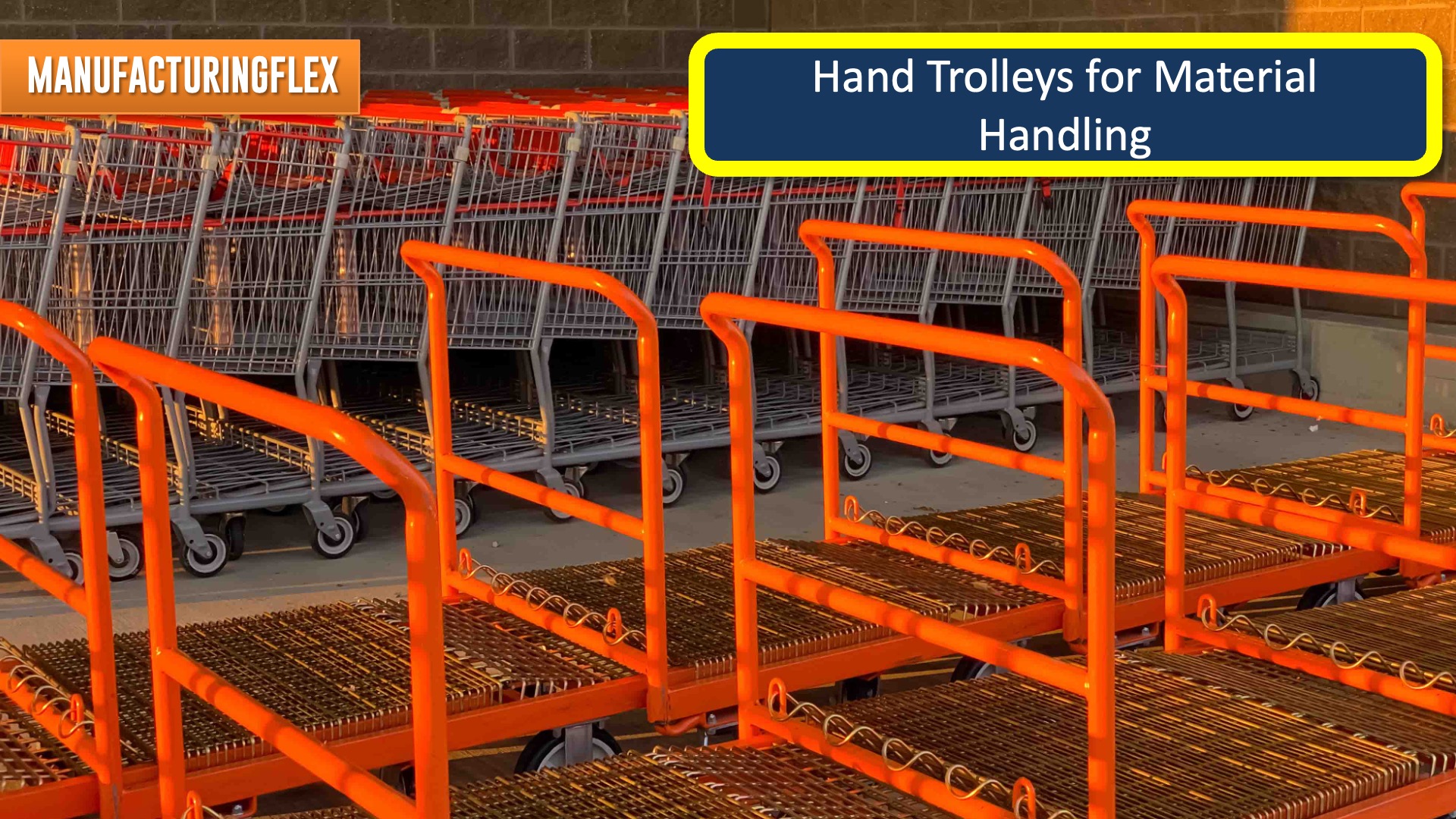Hand trolleys are essential tools in the sphere of material handling, offering a simple yet effective solution for moving heavy loads across short distances. Their utility spans across various industries, from retail to construction, making them indispensable for operations requiring the transportation of goods. This article explores the functionality, types, advantages, and considerations of hand trolleys, enriched with relevant data, examples, and frequently asked questions to provide a comprehensive understanding of their role in material handling.
What is a Hand Trolley?
Contents
A hand trolley, often referred to as a hand truck or dolly, is a wheeled cart designed for the transportation of goods. It typically consists of a flat base to place the items, an upright frame to secure them, and handles at the top for pushing or pulling. Hand trolleys are engineered to leverage the principle of leverage, enabling the user to move heavy or bulky items with minimal effort.
Types of Hand Trolleys
Hand trolleys come in various designs, each tailored for specific applications:
- Standard Trolleys: Ideal for boxes and uniform loads.
- Appliance Trolleys: Equipped with straps and larger wheels, designed for moving appliances and bulky items.
- Folding Trolleys: Compact and collapsible, suitable for light loads and easy storage.
- Stair Climbing Trolleys: Featuring a tri-wheel design to navigate stairs and curbs easily.
- Heavy-Duty Trolleys: Built for industrial use, capable of handling very heavy loads.
Key Specifications and Data
| Type | Load Capacity (kg) | Wheel Type | Usability Features |
|---|---|---|---|
| Standard | 100-250 | Solid Rubber | Basic flatbed design |
| Appliance | 200-400 | Large Pneumatic | Straps for securing load |
| Folding | 50-150 | Small Solid or Rubber | Collapsible for easy storage |
| Stair Climbing | 150-300 | Tri-Wheel | Designed for stairs and curbs |
| Heavy-Duty | 300-1000+ | Large Solid or Pneumatic | Reinforced structure for industrial loads |
Advantages of Using Hand Trolleys
- Efficiency: Significantly reduces the time and effort required to move items.
- Safety: Minimizes the risk of injury by reducing manual lifting and carrying.
- Versatility: A wide range of designs to suit different tasks and environments.
- Cost-Effective: Offers a low-cost solution for improving operational efficiency.
Applications in Various Industries
Hand trolleys are versatile tools used across multiple sectors:
- Retail and supermarkets for stock management.
- Warehousing and logistics for order picking and goods transportation.
- Construction sites for moving materials and tools.
- Hospitality for luggage and equipment handling.
- Offices for shifting files and office equipment.
Case Studies and Examples
An example of hand trolleys’ impact can be seen in a logistics company that implemented heavy-duty trolleys for their warehouse operations. The introduction of these trolleys resulted in a 40% reduction in time spent moving stock, a 25% decrease in labor costs, and a significant drop in workplace injuries.
Frequently Asked Questions (FAQ)
- How much weight can a hand trolley carry? Depending on the model, hand trolleys can carry from 50kg to over 1000kg.
- Are hand trolleys easy to maneuver? Yes, most are designed for easy handling, though maneuverability may vary based on load and terrain.
- Can hand trolleys be used on stairs? Specific models, like stair climbing trolleys, are designed for this purpose.
- How do I choose the right hand trolley? Consider the type of goods, the environment of use, load capacity, and storage requirements.
Conclusion
Hand trolleys are an indispensable tool in material handling, providing a simple solution to moving goods efficiently and safely. With a variety of types available, they cater to a wide range of needs across different industries. By choosing the appropriate hand trolley for the task, businesses can enhance operational efficiency, reduce the risk of injury, and save on costs, making them a valuable addition to any material handling operation.
